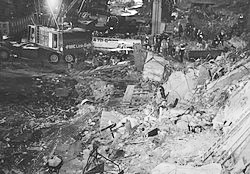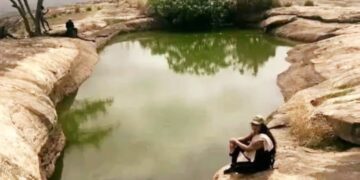The Badaryan archaeological culture of the advanced Neolithic, which dates back to 4500-3250 BC. e. in southern Egypt. The heyday refers to 4400-4000 years. BC. It was named after the village of El-Badari in the Assyut province (Egypt), near which it was discovered at the beginning of the 20th century (archaeological excavations of 1922-1925). This crop has the earliest evidence of agricultural use in Upper Egypt .
The main tools were made of stone, wood and bone, therefore the Badari culture is usually referred to as the developed Neolithic. The settlements were located (40 settlements and 600 burials were discovered) on the spurs of the plateaus, the dwellings were built from twigs coated with clay and mats. The basis of the economy was hunting, combined with agriculture and cattle breeding. Bones of cattle and sheep, remnants of grains (barley, wheat), sickle flint plates, red and black earthenware vessels, ivory spoons and jewelry, stone amulets were found.
The Badarian culture suggests several sources, of which the Western Sahara visitors are considered the most significant. Apparently, the Badari culture existed far beyond the environs of El-Badari, since similar archaeological finds were found south of the settlements of Makhgar-Dendera, Armant, Elkab and Nehen (“Hierakonpolis” in Greek sources), as well as east of Wadi. Hammamat .
Preceded by the Amrat culture (or Nakada I culture), which existed north of present-day Luxor until about 3000 BC. e., and a number of researchers combine the cultures of Badari and Nakada into one, due to their great similarity with each other.













